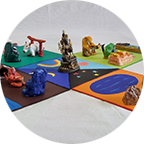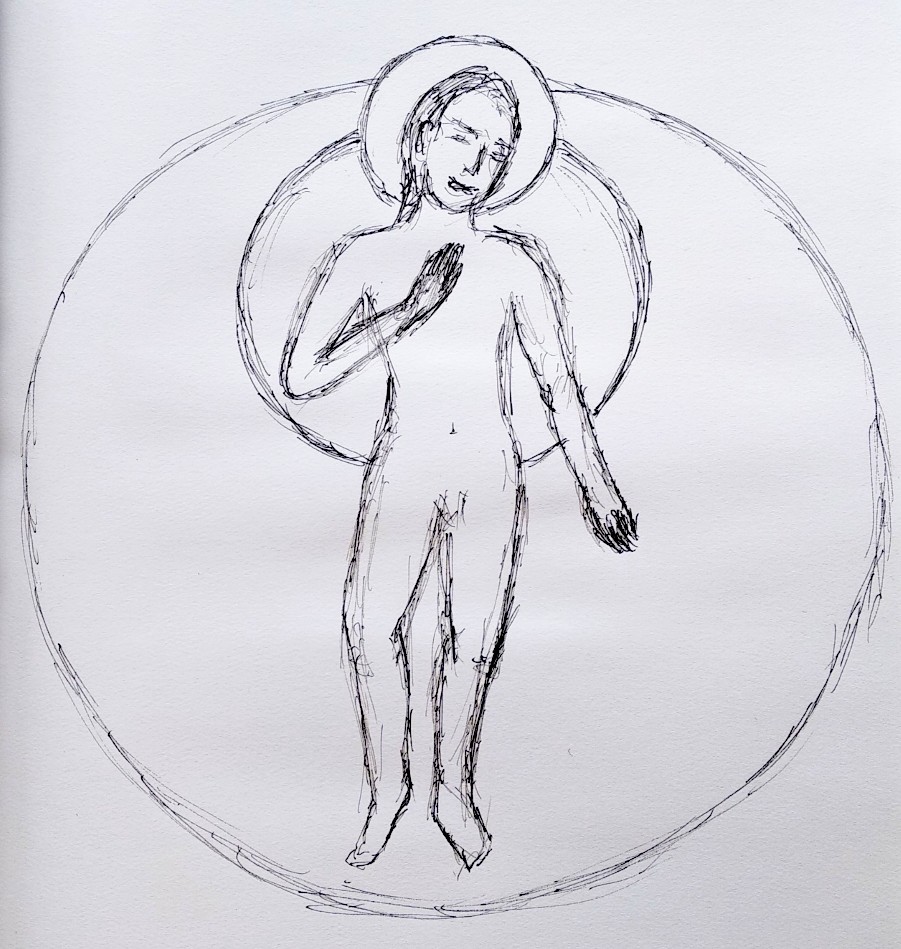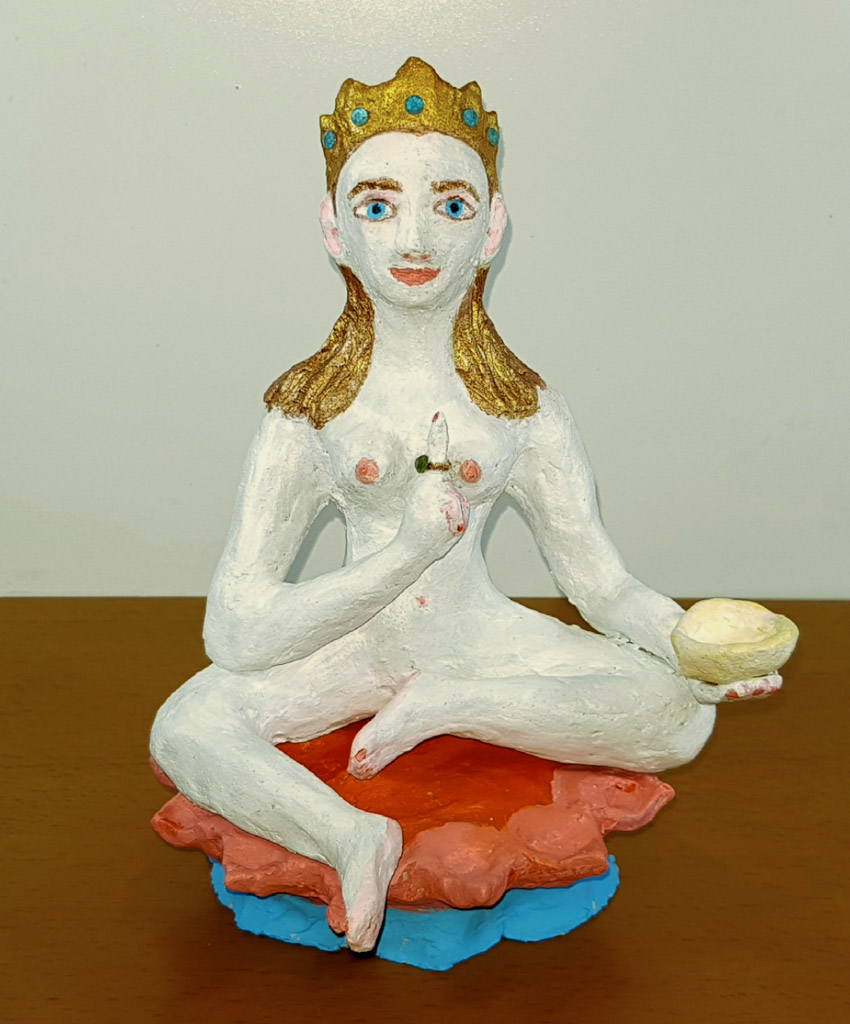Author: Vladimir Pyatsky
Translation: Natasha Tsimbler
People perceive ablution as a sacred act, regardless of their spiritual beliefs. For religious individuals, it is a purification ritual, while even nihilists feel “as if they were reborn” after bathing. However, elderly people often dislike bathing, especially if they require assistance. This paradox is easily explained.
During bathing, elderly individuals are acutely confronted with their physical limitations and their frailty. They feel more vulnerable and prone to suffering. Even adjusting water temperature takes them significantly longer than it does for an average adult. Most bathers instinctively adjust hot and cold water throughout the process, but elderly individuals often begin shivering, their teeth chattering, before their trembling hands can correctly adjust the faucets – sometimes even scalding themselves due to unsteady movements. Additionally, when they rely on others for assistance, they frequently encounter impatience and inattentiveness from their helpers. As a result, they simply become afraid of this procedure.
However, my observations have shown that when the causes of fear are eliminated and elderly individuals feel trust toward their caregivers, each bath becomes a small celebration for them.
The illustration accompanying this story depicts a person in a posture known as the “three bends”. The first bend occurs at the hips, the second at the shoulders, and the third in the head’s turn. This graceful pose, prominent in Indian dance and sculpture, also appears in slightly different variations in Greco-Roman culture and later in Christian art, with Michelangelo’s David being a notable example. The “three bends” pose is significant in studying the three spheres of the protective aura surrounding the human body.
The center of the largest sphere is located at the navel and encompasses the whole body. As impurities, dirt and sweat are washed away, a person comes in contact with this sphere. Cleansing this sphere brings a sense of relief and joy.
The center of the second, medium-sized sphere is in the chest. This sphere extends from the forehead to the lower abdomen, where the movement of breath is most perceptible. During bathing, contact of water and hands with this sphere induces inner joy accompanied by contentment.
The center of the third, smallest sphere is between the eyebrows, encompassing the head and neck. Washing the head and neck brings celestial joy and tranquility.
These joys may arise in small measure, yet they are all perfect.
Author
Author: Vladimir Pyatsky
Translation: Natasha Tsimbler
People perceive ablution as a sacred act, regardless of their spiritual beliefs. For religious individuals, it is a purification ritual, while even nihilists feel “as if they were reborn” after bathing. However, elderly people often dislike bathing, especially if they require assistance. This paradox is easily explained.
During bathing, elderly individuals are acutely confronted with their physical limitations and their frailty. They feel more vulnerable and prone to suffering. Even adjusting water temperature takes them significantly longer than it does for an average adult. Most bathers instinctively adjust hot and cold water throughout the process, but elderly individuals often begin shivering, their teeth chattering, before their trembling hands can correctly adjust the faucets – sometimes even scalding themselves due to unsteady movements. Additionally, when they rely on others for assistance, they frequently encounter impatience and inattentiveness from their helpers. As a result, they simply become afraid of this procedure.
However, my observations have shown that when the causes of fear are eliminated and elderly individuals feel trust toward their caregivers, each bath becomes a small celebration for them.
The illustration accompanying this story depicts a person in a posture known as the “three bends”. The first bend occurs at the hips, the second at the shoulders, and the third in the head’s turn. This graceful pose, prominent in Indian dance and sculpture, also appears in slightly different variations in Greco-Roman culture and later in Christian art, with Michelangelo’s David being a notable example. The “three bends” pose is significant in studying the three spheres of the protective aura surrounding the human body.
The center of the largest sphere is located at the navel and encompasses the whole body. As impurities, dirt and sweat are washed away, a person comes in contact with this sphere. Cleansing this sphere brings a sense of relief and joy.
The center of the second, medium-sized sphere is in the chest. This sphere extends from the forehead to the lower abdomen, where the movement of breath is most perceptible. During bathing, contact of water and hands with this sphere induces inner joy accompanied by contentment.
The center of the third, smallest sphere is between the eyebrows, encompassing the head and neck. Washing the head and neck brings celestial joy and tranquility.
These joys may arise in small measure, yet they are all perfect.


